From the durability and versatility of the material to the endless design possibilities, concrete water fountains offer a wealth of benefits for any outdoor space.
Let’s look at these facets in more detail.
What are concrete water fountains made of?
Concrete water fountains are made of a mixture of cement, water, and aggregates, such as sand and gravel. The mixture is poured into a mold or frame and allowed to cure, resulting in a solid, durable structure that can withstand exposure to the elements.
Concrete is a popular choice for water fountains because it is durable, long-lasting, and can be molded into a variety of shapes and sizes. It is also relatively inexpensive compared to other materials, such as stone or metal, and can be colored and textured to mimic other materials or to add interest to the design.
Additionally, concrete is a versatile material that can be combined with other materials, such as rock or wood, to create unique and interesting water fountains. For example, a concrete pond might have a concrete border with rocks or logs incorporated into the design, or a concrete fountain might have a metal spout for the water to flow from.
In order to ensure that the concrete water fountain is safe and functional, it is important to use a high-quality concrete mix that is designed for the specific type of water fountain being built. A professional contractor should be consulted to ensure that the concrete is poured and cured properly and that the water fountain is built to code.
What are the available options for concrete water fountains?
- Concrete fountains: These come in a variety of styles and sizes and can range from simple, elegant designs to elaborate, multi-tiered structures. Concrete fountains are durable, long-lasting, and can be customized to fit your personal style.
- Concrete water walls: A concrete water wall is a unique and eye-catching water fountain that can be used as a standalone element or incorporated into a larger landscaping design. Water walls are typically tall and narrow, with water cascading down the surface to create a soothing and visually appealing display.
- Concrete ponds: Concrete ponds are a popular choice for those looking for a larger and more involved water fountain. They can range from simple, natural-looking ponds to elaborate koi ponds with elaborate rock formations, plants, and even lighting.
- Concrete waterfalls: Concrete waterfalls are another popular option and can be designed to fit any outdoor space. They can be built into a hill or as a standalone feature, with water cascading over rocks, logs, and other decorative elements.
- Concrete birdbaths: Birdbaths are a smaller, more modest water fountain that can add a touch of tranquility to any outdoor space. They are usually shallow and designed to attract birds, providing a peaceful and relaxing focal point for your yard or garden.
- Concrete reflecting pools: Reflection pools are shallow pools designed to reflect the surrounding landscape and add a sense of tranquility to any outdoor space. They can be designed to complement any style of architecture and can be used to reflect a favorite view, such as a garden or tree, or simply to provide a calm and relaxing area for contemplation.
- Concrete streams and rivers: Concrete streams and rivers are a great option for those who want a more natural-looking water fountain. They can be designed to meander through your yard or garden, with water cascading over rocks and other natural elements.
- Concrete spa and hot tubs: Concrete spa and hot tubs are a luxurious addition to any outdoor space. They can be designed to fit into your existing landscaping and come in a variety of sizes and styles to accommodate different numbers of people.
- Concrete pools: Concrete pools are a popular choice for those looking for a more permanent and long-lasting swimming solution. They can be designed in a variety of styles and sizes to fit your outdoor space and can be customized to include features such as slides, waterfalls, and hot tubs.
- Concrete fish ponds: Concrete fish ponds are a great option for those looking to incorporate a water fountain into their yard or garden while also keeping fish as pets. They can be designed in a variety of sizes and styles, with underwater lighting and aeration systems to keep the water healthy for your fish.
No matter which concrete water fountain you choose, it's important to consider factors such as size, style, location, and maintenance requirements to ensure that you get the most out of your investment.
What is the process of making a concrete water fountain?
The process of making a concrete water fountain involves several steps:
- Design: The first step is to determine the design of the water fountain. This includes deciding on the size, shape, and style of the feature, as well as determining the location in your outdoor space. You may also want to consider factors such as the type of plants and other elements you want to incorporate into the design.
- Excavation: Once the design is complete, the next step is to excavate the area where the water fountain will be located. This involves removing any grass, soil, or other materials to make room for the feature. The size and shape of the excavation will depend on the design of the water fountain.
- Preparation of the site: After the excavation is complete, the site should be prepared for the concrete pour. This may involve laying down a layer of sand or gravel, installing a barrier to prevent the concrete from seeping into the ground, and setting up any forms or molds that will be used to shape the concrete.
- Mixing and pouring the concrete: The next step is to mix the concrete and pour it into the molds or forms. The concrete should be mixed to the proper consistency and should be poured in several layers to ensure that it sets evenly and that there are no air pockets. The concrete should then be smoothed and leveled to create a smooth surface.
- Curing: After the concrete has been poured, it needs to cure for several days or even weeks. This allows the concrete to set and harden properly, and to reach its maximum strength. During the curing process, the concrete should be kept moist and covered to prevent it from cracking or drying too quickly.
- Finishing: Once the concrete has cured, the final step is to finish the water fountain. This may involve adding any decorative elements, such as rocks, plants, or water fountains, and installing a pump and plumbing to ensure that the water flows properly. The feature should then be filled with water and tested to ensure that it is functioning properly.
Making a concrete water fountain can be a complex and time-consuming process, but with the right tools, materials, and expertise, it is possible to create a beautiful and functional feature that will provide years of enjoyment. It's recommended to consult with a professional contractor to ensure that your water fountain is built safely and to code.
Are concrete water fountains durable?
Yes, concrete water fountains can be very durable. Concrete is a strong and long-lasting material that can withstand exposure to the elements and the constant flow of water. When properly mixed, poured, and cured, concrete can retain its strength and appearance for many years.
However, the durability of a concrete water fountain will depend on several factors, including the quality of the concrete mix, the method used for pouring and curing the concrete, and the type of water fountain being built. Factors such as exposure to freeze-thaw cycles, exposure to chemicals and pollutants, and the constant flow of water can also affect the durability of a concrete water fountain.
To ensure that your concrete water fountain is durable, it is important to use a high-quality concrete mix, to follow proper curing techniques, and to take steps to protect the feature from the elements and other environmental factors. A professional contractor should be consulted to ensure that the concrete is poured and cured properly and that the water fountain is built to code.
In general, if properly maintained, concrete water fountains can provide years of enjoyment and can be a beautiful and durable addition to any outdoor space.
Are concrete water fountains heavy?
Yes, concrete water fountains can be heavy. Concrete is a dense and heavy material that weighs approximately 150 pounds per cubic foot. The weight of a concrete water fountain will depend on its size, design, and the thickness of the concrete used, but even a small feature can weigh several hundred pounds.
The weight of a concrete water fountain is an important consideration, especially if the feature will be installed on a raised deck or a slope. It is important to make sure that the structure or surface where the water fountain will be installed is strong enough to support the weight of the concrete. In some cases, it may be necessary to reinforce the structure or install additional support to ensure that it is safe and stable.
It is also important to consider the weight of the water that will be added to the feature, as this can add several hundred pounds of additional weight. A professional contractor should be consulted to ensure that the structure or surface is adequate and that the water fountain is installed safely.
Overall, concrete water fountains can be heavy, and it is important to consider this when installing a feature and to consult with a professional contractor to ensure that the structure or surface is safe and stable.
How to stain Concrete water fountains?
Staining your concrete water fountain can add color and texture to the surface, making it a unique and attractive feature in your landscape. Here are some steps you can take to stain your concrete water fountain:
- Prepare the surface: Begin by cleaning the surface of your concrete water fountain thoroughly. Remove any dirt, debris, and algae, and allow the surface to dry completely before staining.
- Choose a stain: There are many different types of concrete stains available, including acid-based, water-based, and penetrating stains. Choose a stain that is suitable for use on concrete and will provide the desired color and finish.
- Test the stain: Before staining the entire concrete water fountain, it is a good idea to test the stain on a small, inconspicuous area to ensure that you are happy with the color and finish.
- Apply the stain: Using a brush, roller, or sprayer, apply the stain to the surface of your concrete water fountain. Work in small sections and apply the stain evenly, taking care not to leave any drips or streaks.
- Wait for the stain to dry: Allow the stain to dry completely, following the manufacturer's recommended drying time, before applying a second coat if desired.
- Seal the stain: Once the stain is dry, it is important to seal it to protect the surface and enhance the color. Choose a concrete sealer that is compatible with your stain and apply it evenly to the surface.
Is it easy to install a finished concrete water fountain?
The ease of installation will depend on the size and design of the feature, as well as the type of water fountain being installed. Some finished concrete water fountains are designed to be easy to install and come with clear instructions and all of the necessary hardware.
However, even with a finished concrete water fountain, it is important to make sure that the site is prepared correctly, that the feature is placed on a level and stable surface, and that it is securely anchored. It may also be necessary to make electrical and plumbing connections to the feature to provide power for lighting and to circulate the water.
How long do concrete water fountain last?
The lifespan of a concrete water fountain can vary depending on several factors, including the quality of the concrete used, the type of water fountain, the location and exposure to the elements, and the level of maintenance performed.
Generally, concrete water fountains can last for many years with proper care and maintenance. Concrete is a durable material that is resistant to wear and tear, and with proper sealing and waterproofing, it can provide long-lasting protection against the elements.
However, the exposure to the elements, such as sun, rain, and temperature fluctuations, can cause the concrete to fade, crack, or become discolored over time. Regular cleaning and maintenance can help to extend the life of a concrete water fountain by removing dirt and debris that can cause damage, and by applying a fresh coat of sealant to protect the concrete from moisture and UV rays.
Overall, with proper care and maintenance, a concrete water fountain can last for many years, providing a beautiful and functional addition to your outdoor space. However, the exact lifespan of a concrete water fountain will depend on a variety of factors and can vary from feature to feature.
Why are concrete water fountains good or bad?
Concrete water fountains can be both good and bad, depending on several factors.
Pros:
- Durability: Concrete is a durable material that is resistant to wear and tear and can last for many years with proper care and maintenance.
- Versatility: Concrete water fountains are available in a wide range of sizes and designs, making them suitable for a variety of outdoor spaces and styles.
- Customization: Raw concrete water fountains can be customized to match the specific design and aesthetic of your outdoor space.
- Low Maintenance: With proper sealing and waterproofing, concrete water fountains are relatively low maintenance and require only occasional cleaning to keep them looking their best.
Cons:
- Heavy: Concrete is a heavy material, making it difficult to move and install, especially for larger water fountains.
- Complex to create: Creating a concrete water fountain can be a complex and time-consuming process that requires specialized skills and equipment.
- Expense: The cost of a concrete water fountain can be higher than other types of water fountains, especially if it requires a custom design or installation by a professional contractor.
- Need for Maintenance: Concrete water fountains require regular maintenance, such as cleaning and sealing, to keep them looking their best and to extend their lifespan.
How to clean Concrete water fountains
Cleaning your concrete water fountain is an important step in maintaining its appearance and preventing the growth of harmful bacteria. Here are some steps you can take to clean your concrete water fountain:
- Drain the water: Begin by draining the water from your concrete water fountain. This will allow you to clean all areas of the feature, including the interior and exterior surfaces.
- Clean the interior: Use a mild detergent, such as dish soap, and a soft-bristled brush to clean the interior of your concrete water fountain. Scrub all surfaces, including the sides, bottom, and any corners, to remove any dirt, debris, and algae.
- Clean the exterior: Use a soft-bristled brush and a mild detergent to clean the exterior of your concrete water fountain. Scrub all surfaces, including the sides and top, to remove any dirt and debris.
- Rinse the water fountain: Once you have finished cleaning the interior and exterior of your concrete water fountain, rinse it thoroughly with fresh water to remove any soap residue.
- Dry the water fountain: Allow the water fountain to air dry completely, or use a soft cloth to dry it, before refilling it with water.
- Maintain the water: Regular cleaning of the water in your concrete water fountain can help to prevent the growth of harmful bacteria. Consider using a water treatment product, such as a algaecide, to help keep the water clean and clear.
Can you paint a Concrete water fountain?
Yes, you can paint a concrete water fountain. Painting is a simple and cost-effective way to change the color and texture of your concrete water fountain. Here are some steps you can take to paint a concrete water fountain:
- Prepare the surface: Begin by cleaning the surface of your concrete water fountain thoroughly. Remove any dirt, debris, and algae, and allow the surface to dry completely before painting.
- Choose a paint: There are many different types of paint suitable for use on concrete, including concrete paint, masonry paint, and epoxy paint. Choose a paint that is suitable for use on concrete and will provide the desired color and finish.
- Test the paint: Before painting the entire concrete water fountain, it is a good idea to test the paint on a small, inconspicuous area to ensure that you are happy with the color and finish.
- Apply the paint: Using a brush, roller, or sprayer, apply the paint to the surface of your concrete water fountain. Work in small sections and apply the paint evenly, taking care not to leave any drips or streaks.
- Wait for the paint to dry: Allow the paint to dry completely, following the manufacturer's recommended drying time, before applying a second coat if desired.
Can you repair a broken Concrete water fountain?
Yes, you can repair a broken concrete water fountain. The steps involved in repairing a broken concrete water fountain will depend on the extent of the damage and the type of water fountain you have. However, here are some general steps you can follow to repair a broken concrete water fountain:
- Clean the surface: Begin by cleaning the surface of the water fountain thoroughly to remove any dirt, debris, and algae.
- Prepare the surface: If the surface of the water fountain is rough or has broken away, you may need to repair the surface before proceeding with the repair. This can be done by filling any cracks or gaps with a concrete filler or patching compound.
- Apply a bonding agent: Before applying the repair material, you may need to apply a bonding agent to the surface of the water fountain. This will help to ensure that the repair material adheres to the surface properly.
- Apply the repair material: There are many different types of repair material suitable for use on concrete, including concrete mix, epoxy, and cement-based repair compounds. Choose a repair material that is suitable for use on concrete and will provide the desired finish.
- Wait for the repair material to dry: Allow the repair material to dry completely, following the manufacturer's recommended drying time, before using the water fountain again.
Can you pressure wash a Concrete water fountain?
Yes, you can pressure wash a concrete water fountain. Pressure washing is a great way to clean a concrete water fountain, as it can remove dirt, grime, and algae that may have accumulated on the surface of the water fountain. However, there are a few things to keep in mind when pressure washing a concrete water fountain:
- Use the right pressure setting: The pressure setting you use will depend on the type of concrete and the degree of dirt and grime on the surface of the water fountain. Generally, a lower pressure setting is recommended for concrete, as a high pressure setting can damage the surface of the concrete.
- Keep the pressure washer at a safe distance: To avoid damaging the surface of the concrete, it is important to keep the pressure washer at a safe distance from the water fountain. A distance of approximately 10-12 inches is usually recommended.
- Use the correct nozzle: Different nozzles are designed for different cleaning tasks, so it is important to choose the correct nozzle for the job. A fan nozzle is often recommended for cleaning concrete surfaces, as it provides a gentle, widespread spray pattern.
- Protect surrounding areas: To avoid damage to surrounding plants, flowers, or other landscaping features, it is important to take measures to protect these areas when pressure washing the concrete water fountain.
- Use a detergent: To help remove dirt and grime, you may want to use a detergent specifically designed for use with pressure washers. Simply add the detergent to the pressure washer according to the manufacturer's instructions, and then pressure wash the water fountain as normal.
How to fix a leaking concrete water fountain?
Fixing a leaking concrete water fountain can be a complex and time-consuming process, but with proper tools and techniques, it is possible to repair the leak and restore your water fountain to its original condition. Here are some steps to follow to fix a leaking concrete water fountain:
- Locate the leak: To fix a leak, you need to locate the source of the problem. This may involve draining the water fountain and examining the inside of the basin for cracks or holes.
- Clean and dry the area: Clean the area around the leak, and let it dry completely. This will help to ensure that any repairs you make will adhere properly.
- Apply a patching compound: If the leak is small and located on the surface of the concrete, you can use a concrete patching compound to fill in the hole. Follow the manufacturer's instructions carefully, and apply the patching compound in several thin layers to build up the area.
- Use a waterproofing sealant: If the leak is located at a joint or seam, you can use a waterproofing sealant to fill in the gap and prevent water from seeping into the surrounding soil.
- Re-seal the concrete: After the patching or waterproofing has dried, re-seal the entire concrete surface to protect it from moisture and to prevent water from seeping into the concrete.
- Regular Maintenance: Regular cleaning and maintenance of the water fountain, including cleaning the basin, removing any debris, and checking for leaks, can help to prevent leaks from occurring in the future and extend the lifespan of the feature.
How can I ensure that my concrete water fountain is safe for children and pets?
Concrete water fountains can be beautiful additions to any landscape, but it is important to ensure that they are safe for children and pets. Here are some steps you can take to ensure the safety of your concrete water fountain:
- Use a non-toxic sealant: When waterproofing your concrete water fountain, use a non-toxic sealant to ensure that the water is safe for children and pets.
- Install fencing or barriers: Fencing or barriers around the water fountain can help to keep children and pets away from the water and prevent them from accidentally falling in.
- Use a shallow basin: If you are installing a concrete water fountain in a location that is accessible to children or pets, consider using a shallow basin instead of a deep pool. This will help to prevent accidental drowning.
- Keep the water clean: Regular cleaning of the water in your concrete water fountain can help to prevent the growth of harmful bacteria that could be harmful to children and pets.
- Use a cover: A cover for your concrete water fountain can help to prevent accidental access to the water by children and pets, as well as keep leaves and other debris from entering the water.
- Supervise children and pets: Always supervise children and pets when they are near the water fountain to ensure their safety.
Final Thoughts
Concrete water fountains offer a combination of beauty, durability, and versatility that makes them a popular choice for outdoor spaces. Whether you are looking for a simple fountain or a more elaborate water fountain, concrete is a material that can help you achieve your vision. If you choose to install a concrete water fountain yourself, it is important to follow proper safety precautions, and if you are unsure about the process, it is always a good idea to consult a professional. Whether you want a simple fountain or a complex waterfall, a concrete water fountain can provide a beautiful and soothing backdrop for any outdoor space.
Related Articles
Why Limestone Makes for Perfect Water Features
From Quarry to Garden: The Journey of Limestone Water Features
Guide on Tiered Water Fountains




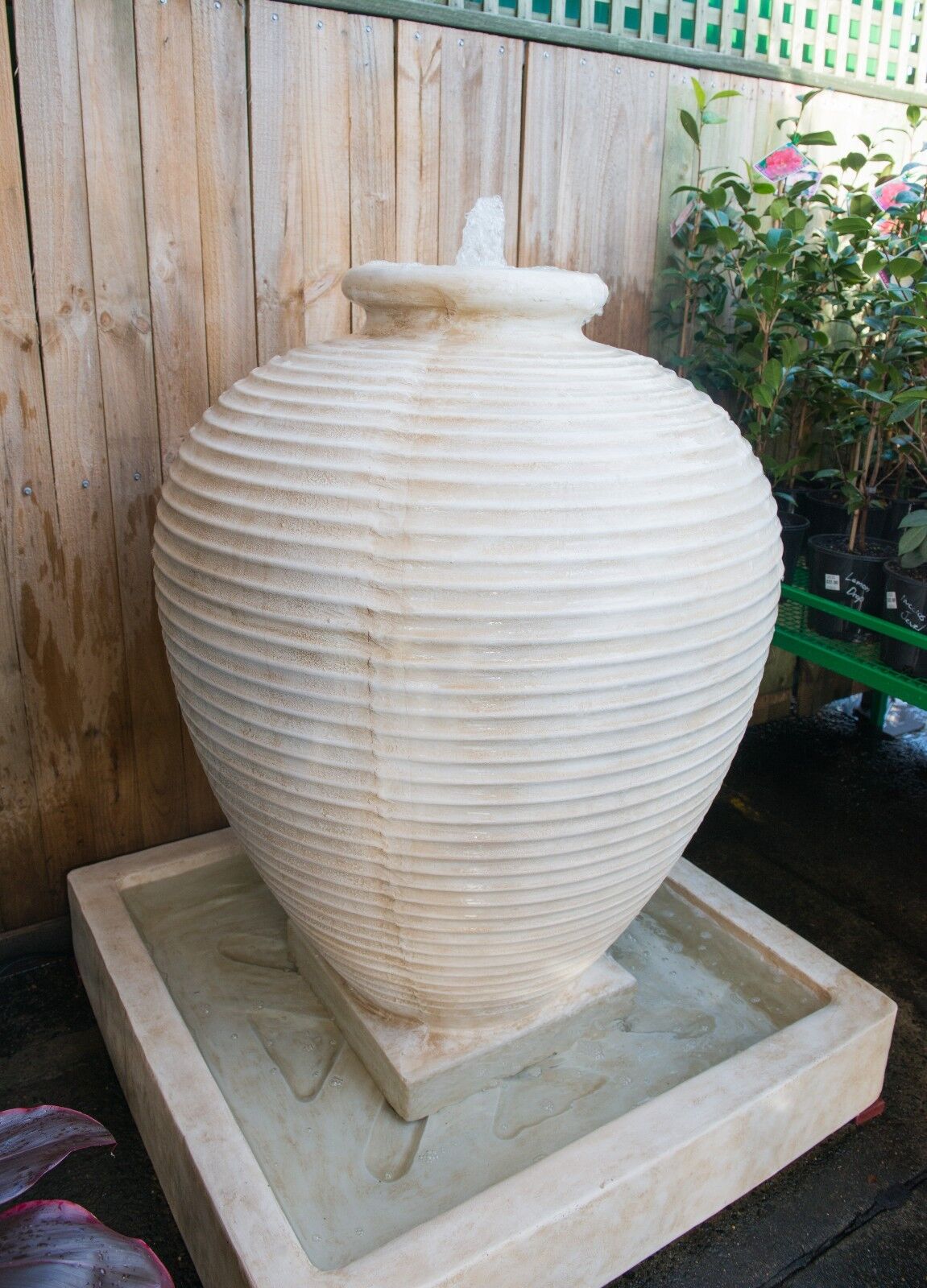
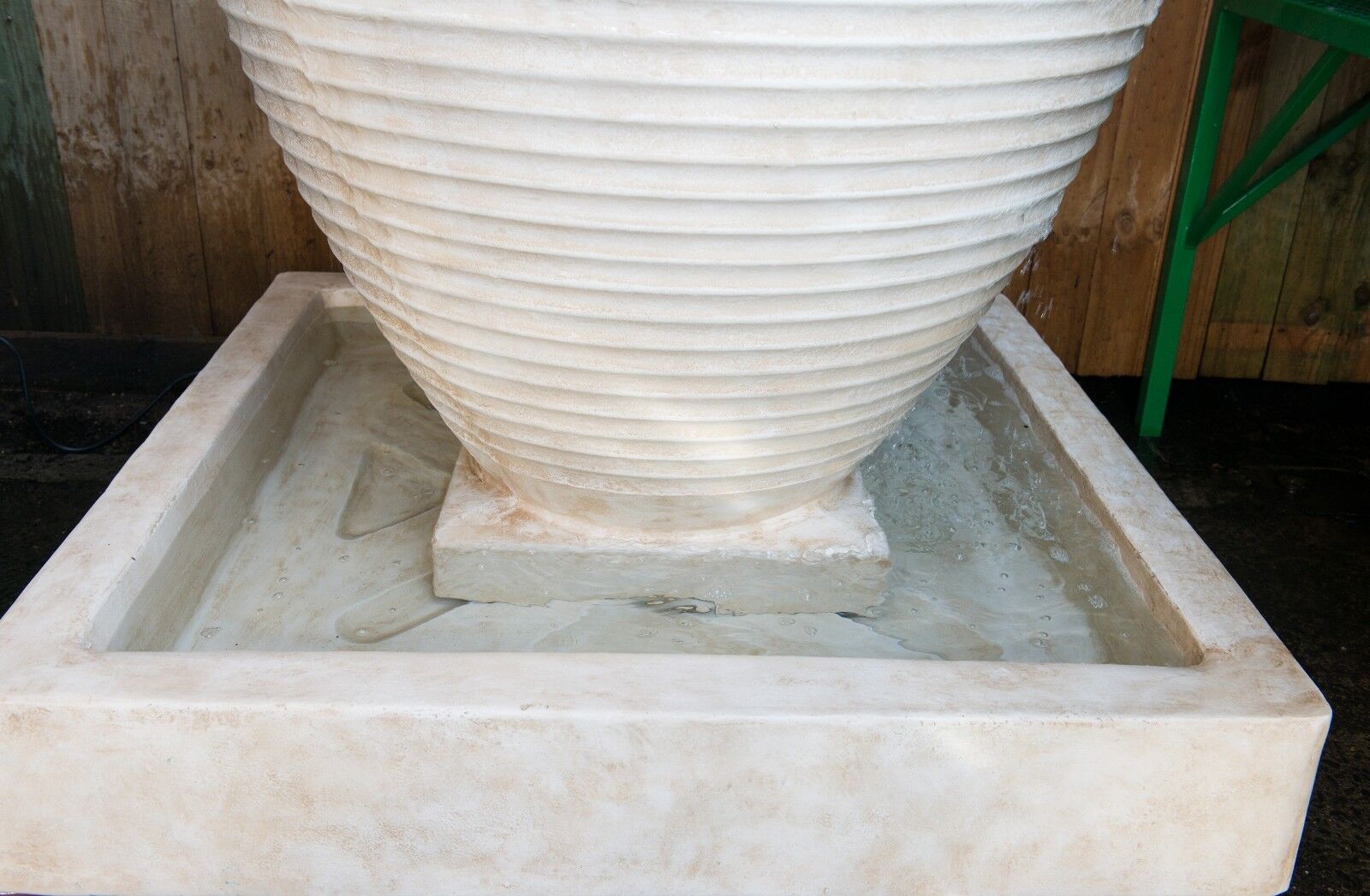
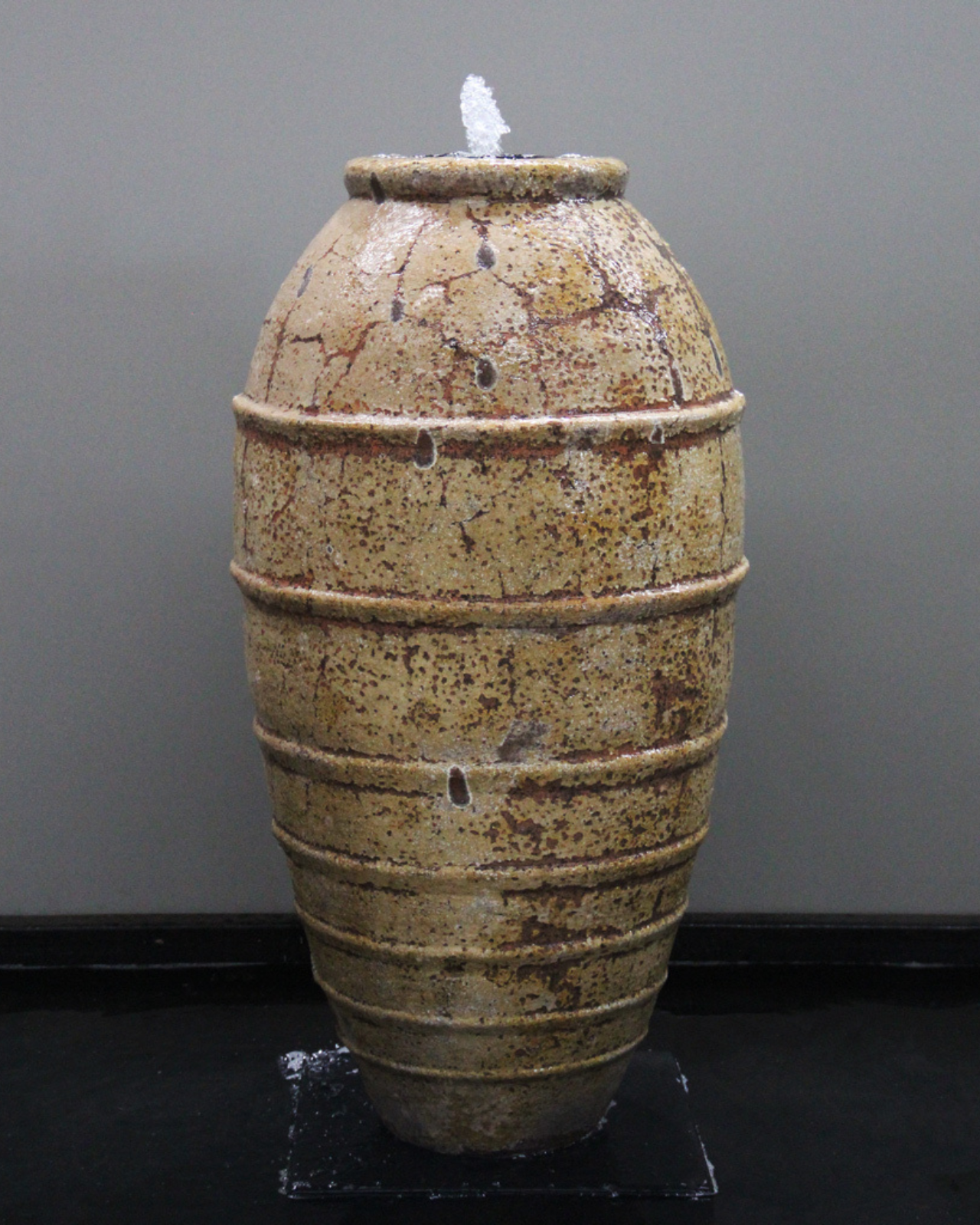
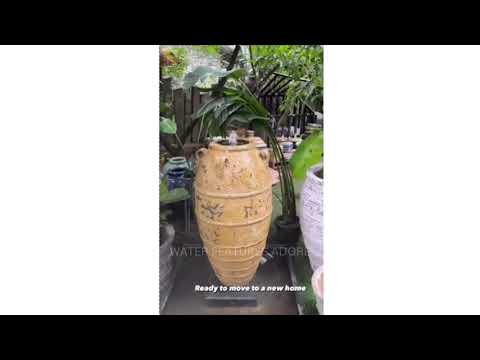
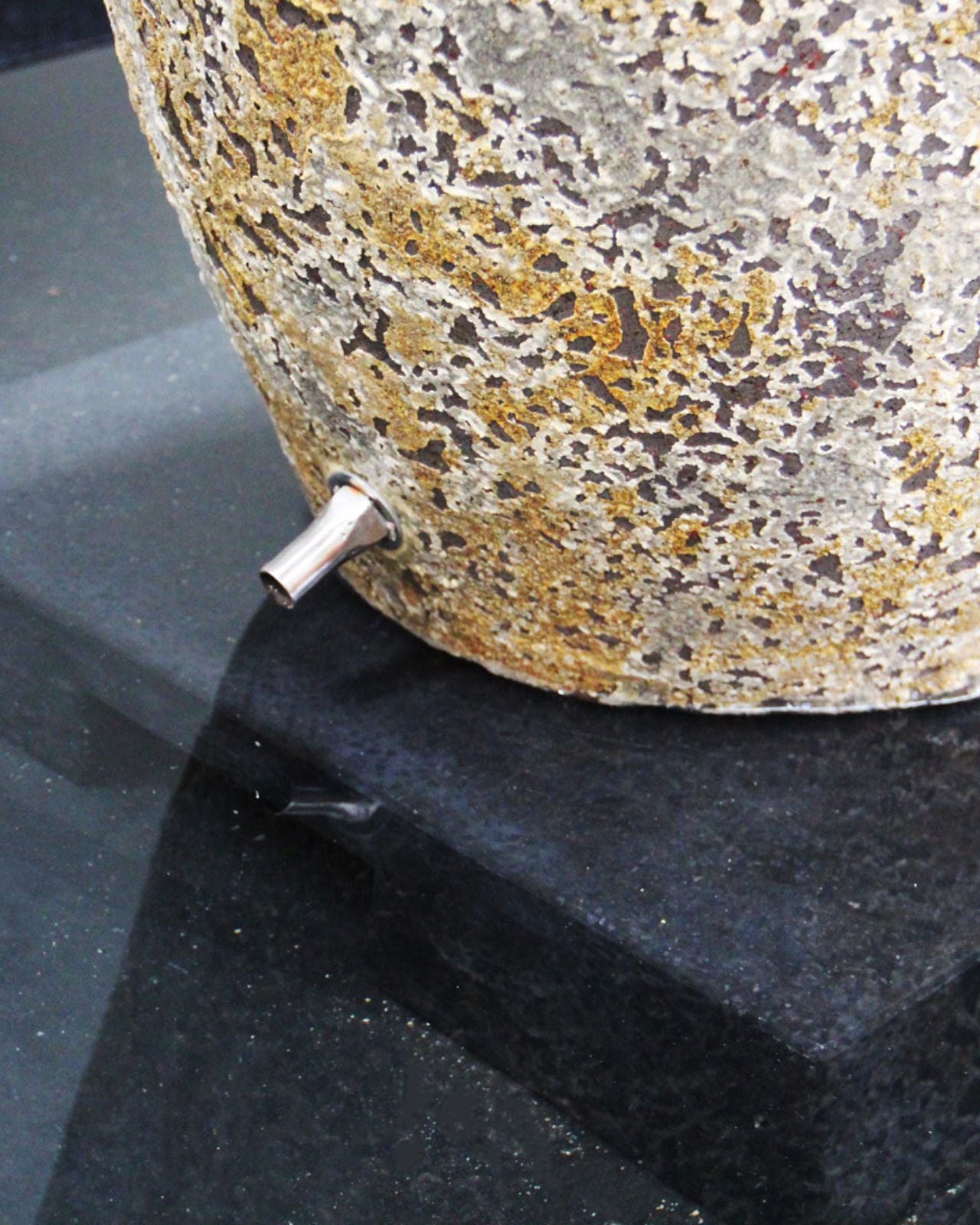



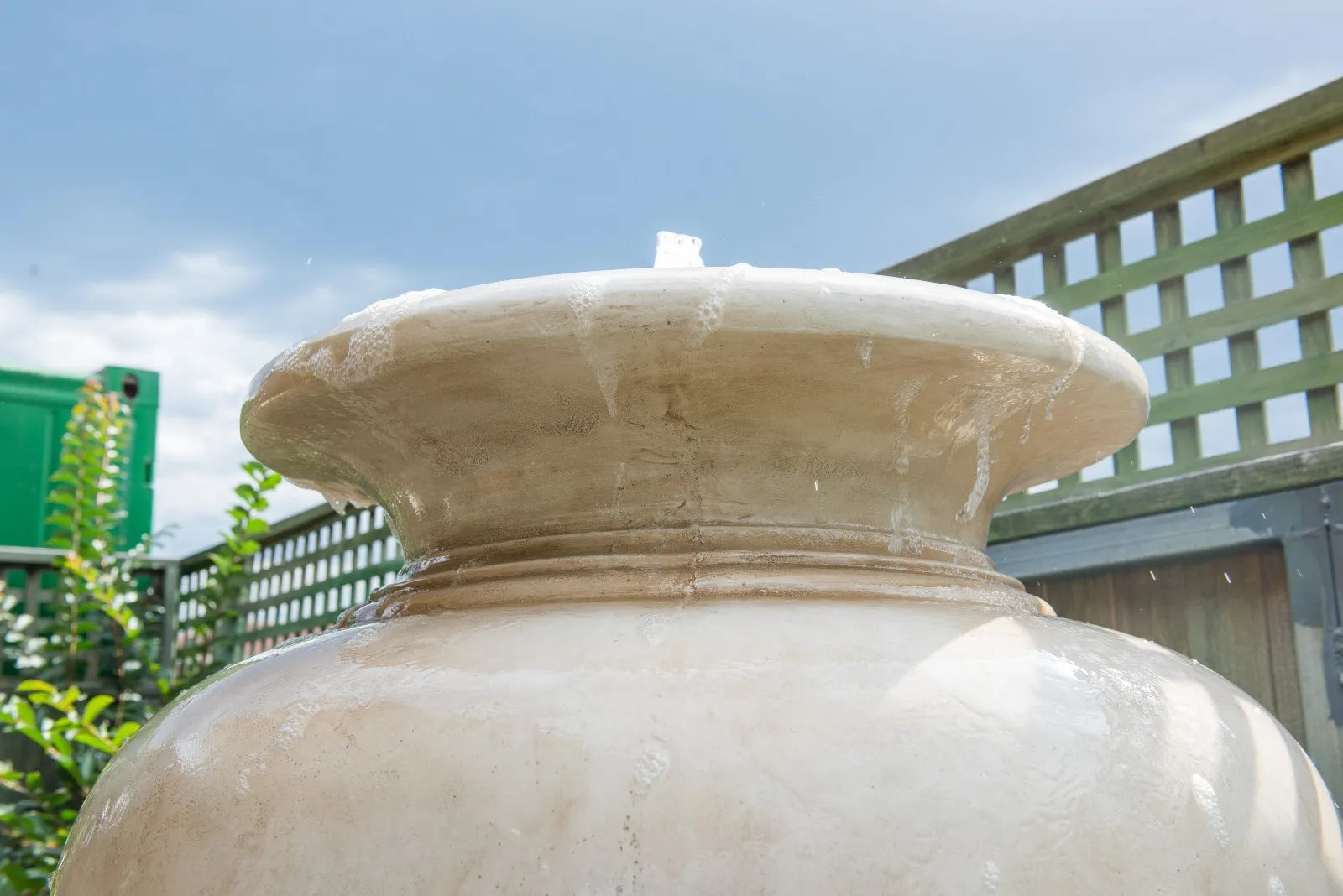
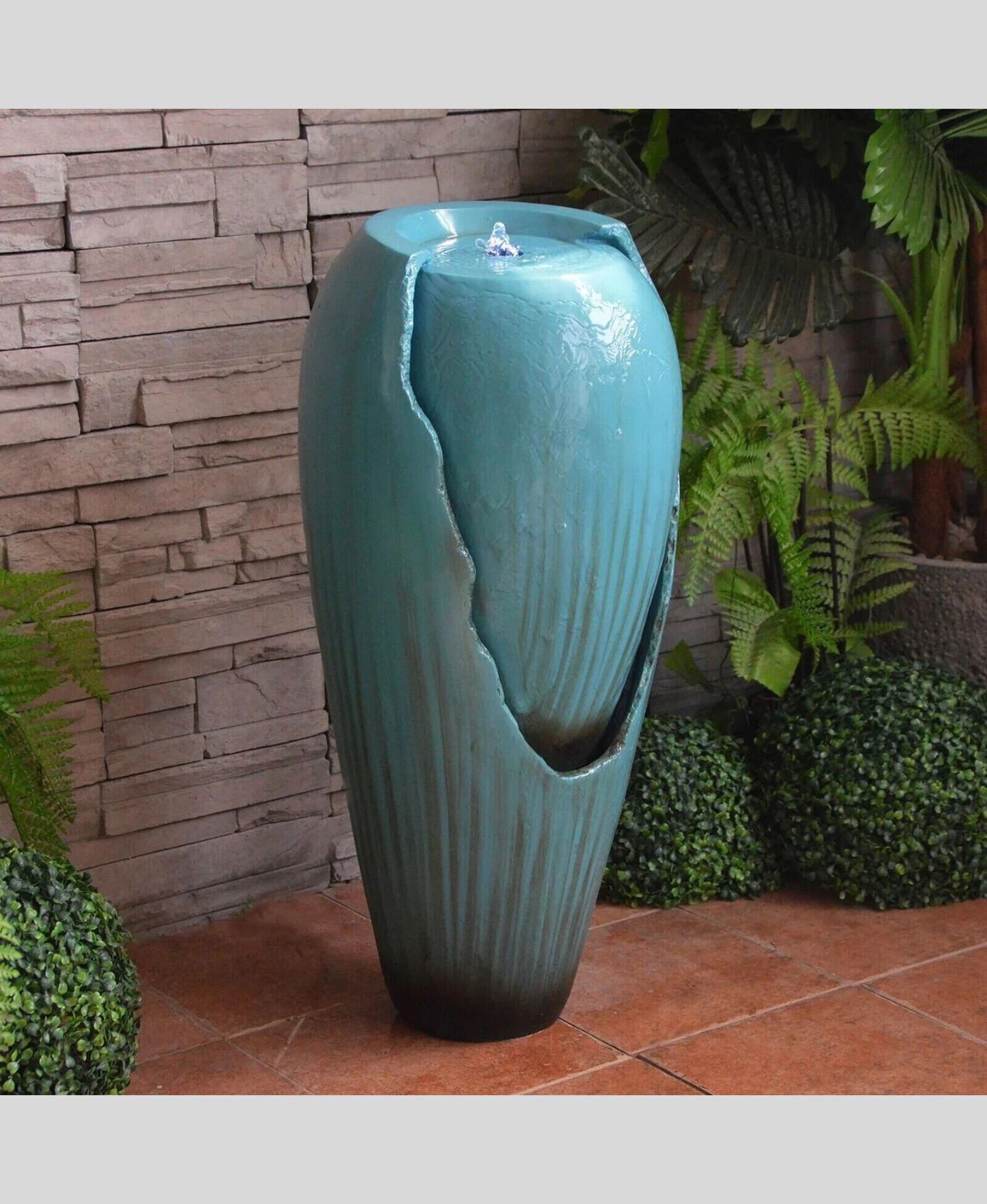



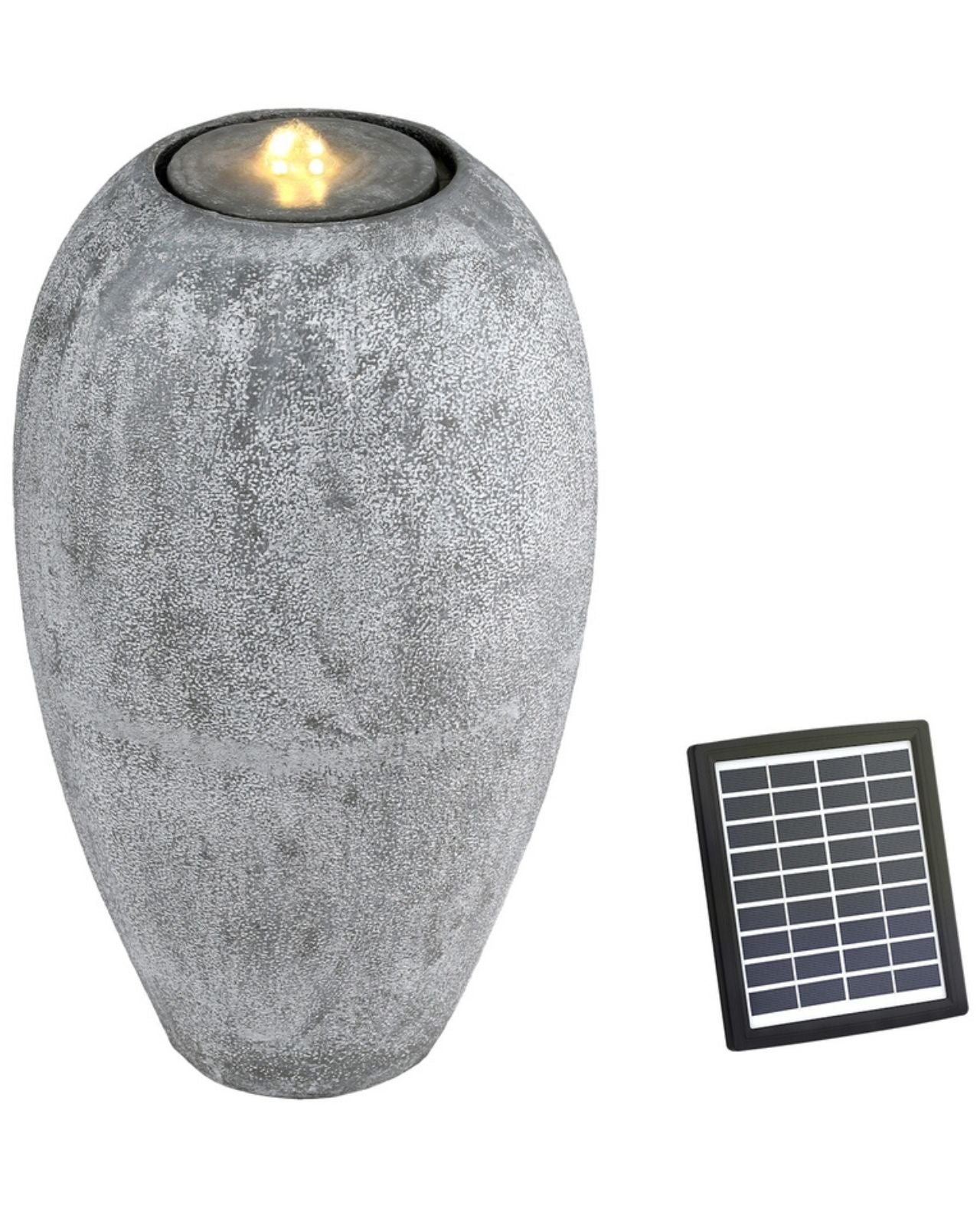
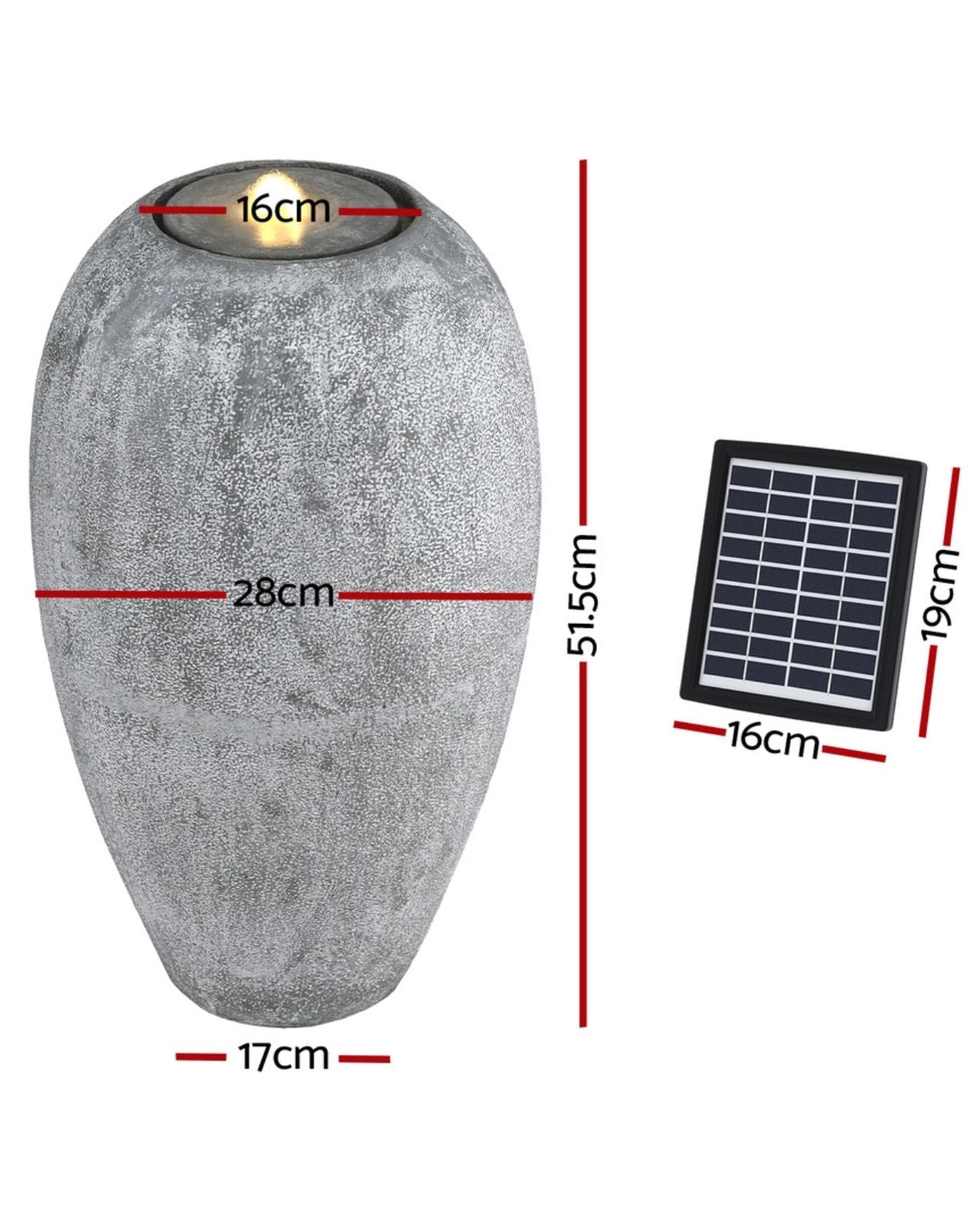
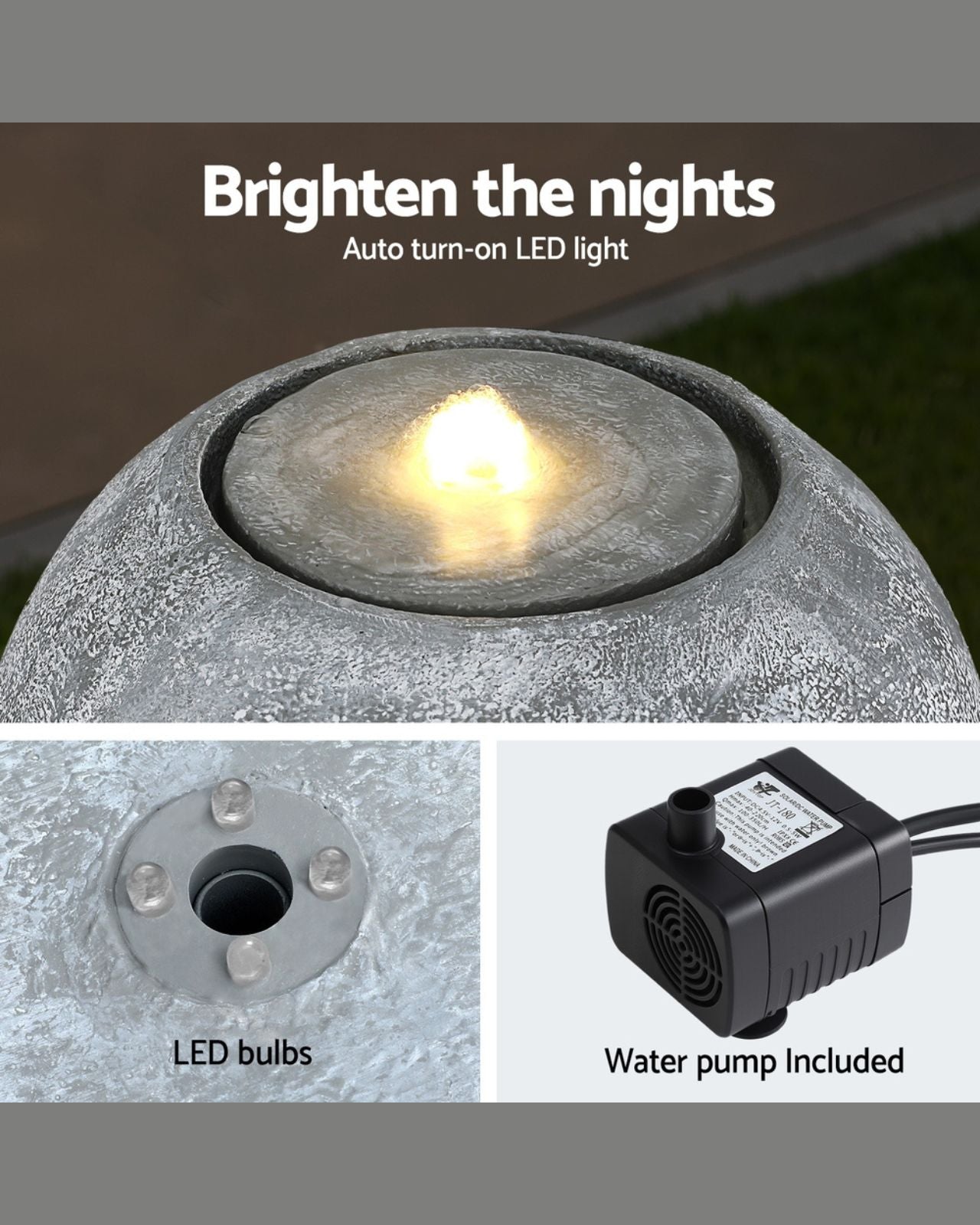
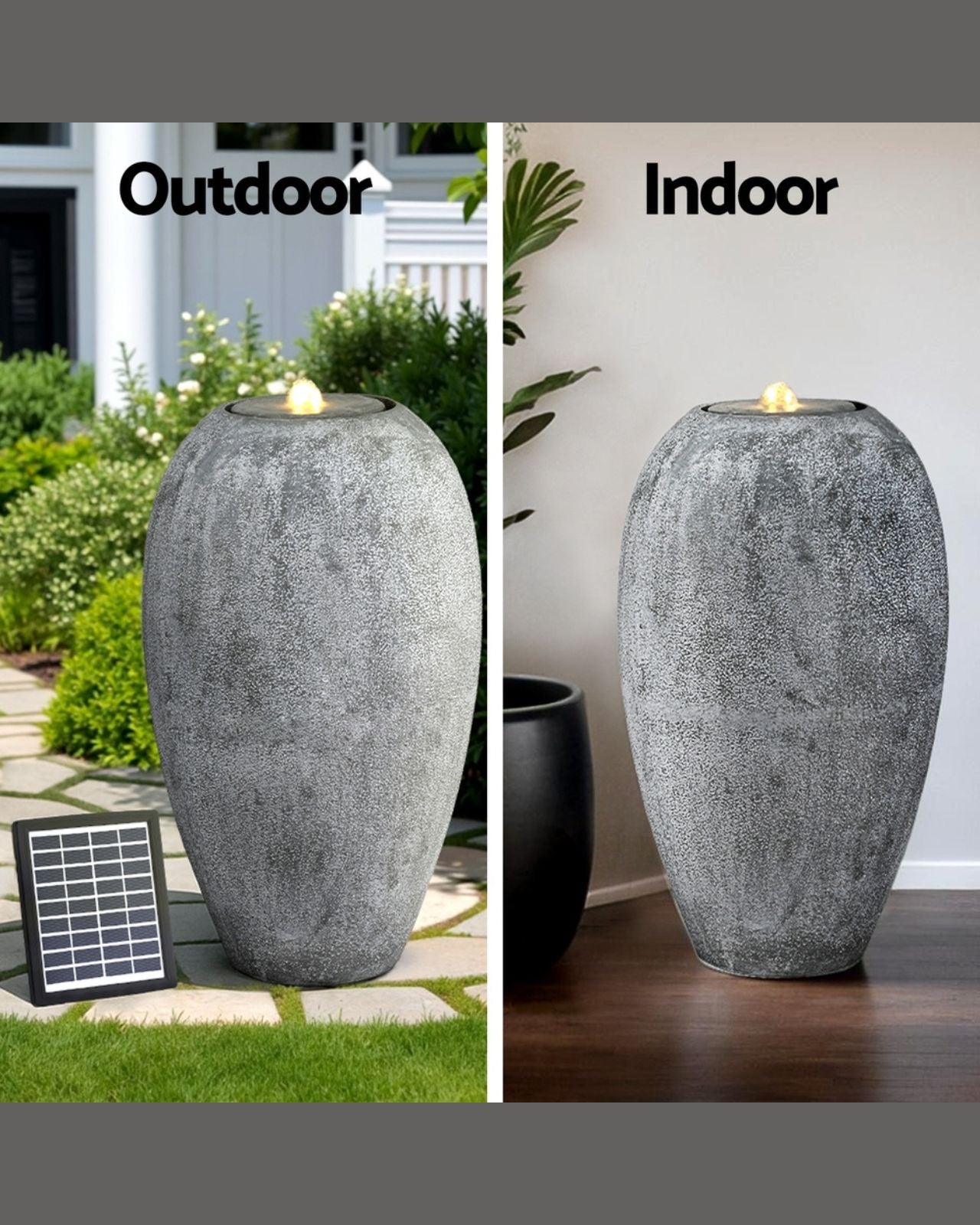


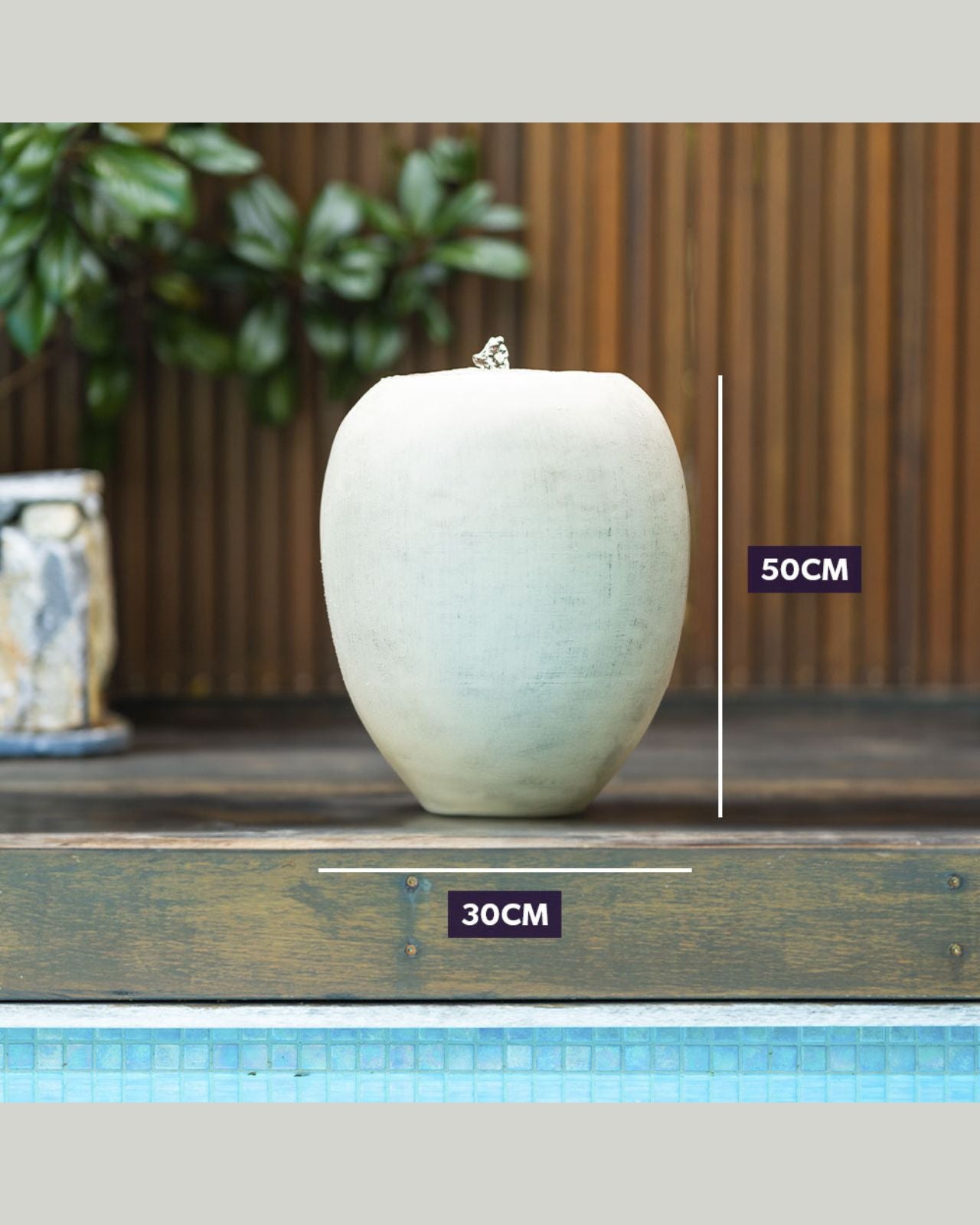

Share:
Installing a Water Fountain: A Step-by-Step Guide
Comprehensive Guide to Solar Powered Water fountains